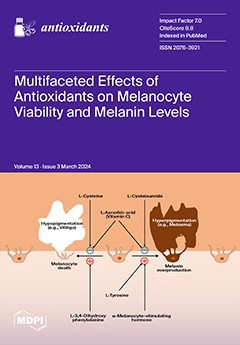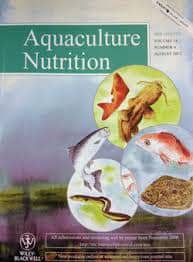Broodstock nutritional programming differentially affects the hepatic transcriptome and genome-wide DNA methylome of farmed gilthead sea bream (Sparus aurata) depending on genetic background

Abstract
Background
Broodstock nutritional programming improves the offspring utilization of plant-based diets in gilthead sea bream through changes in hepatic metabolism. Attention was initially focused on fatty acid desaturases, but it can involve a wide range of processes that remain largely unexplored. How all this can be driven by a different genetic background is hardly underlined, and the present study aimed to assess how broodstock nutrition affects differentially the transcriptome and genome-wide DNA methylome of reference and genetically selected fish within the PROGENSA® selection program.
Results
After the stimulus phase with a low fish oil diet, two offspring subsets of each genetic background received a control or a FUTURE-based diet. This highlighted a different hepatic transcriptome (RNA-seq) and genome-wide DNA methylation (MBD-seq) pattern depending on the genetic background. The number of differentially expressed transcripts following the challenge phase varied from 323 in reference fish to 2,009 in genetically selected fish. The number of discriminant transcripts, and associated enriched functions, were also markedly higher in selected fish. Moreover, correlation analysis depicted a hyper-methylated and down-regulated gene expression state in selected fish with the FUTURE diet, whereas the opposite pattern appeared in reference fish. After filtering for highly represented functions in selected fish, 115 epigenetic markers were retrieved in this group. Among them, lipid metabolism genes (23) were the most reactive following ordering by fold-change in expression, rendering a final list of 10 top markers with a key role on hepatic lipogenesis and fatty acid metabolism (cd36, pitpna, cidea, fasn, g6pd, lipt1, scd1a, acsbg2, acsl14, acsbg2).
Conclusions
Gene expression profiles and methylation signatures were dependent on genetic background in our experimental model. Such assumption affected the magnitude, but also the type and direction of change. Thus, the resulting epigenetic clock of reference fish might depict an older phenotype with a lower methylation for the epigenetically responsive genes with a negative methylation-expression pattern. Therefore, epigenetic markers will be specific of each genetic lineage, serving the broodstock programming in our selected fish to prevent and mitigate later in life the risk of hepatic steatosis through changes in hepatic lipogenesis and fatty acid metabolism.

